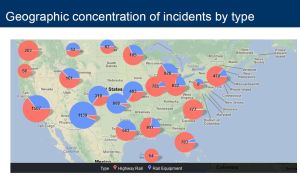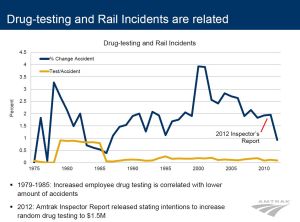 It is interesting to observe how markdowns are managed in practice. Here is an example of two blog posts documenting the dynamics of the optimal markdown discovery. The first uses data from several retailers and argues that markdowns should be reduced or eliminated citing the negative impact of markdowns on revenue and recovery of the economy. The second presents the case of Macy’s for larger and more straightforward markdowns as opposed to the convoluted coupon discounts. So, are markdowns good or bad?
It is interesting to observe how markdowns are managed in practice. Here is an example of two blog posts documenting the dynamics of the optimal markdown discovery. The first uses data from several retailers and argues that markdowns should be reduced or eliminated citing the negative impact of markdowns on revenue and recovery of the economy. The second presents the case of Macy’s for larger and more straightforward markdowns as opposed to the convoluted coupon discounts. So, are markdowns good or bad?
Academic research on the topic had a similar evolution of ideas. Early stream of papers recommended that markdowns should be large, 50%, or sometimes even more. Then, researchers realized that deep markdowns pull consumers into the strategic waiting game, where consumers wait and gamble to get a product at a low price. The result of this realization was in justification of everyday low prices, or very small markdowns. The current state of the debate, including the results from one of my papers, is that some markdowns are good. In fact, there is a sweet spot for markdowns – they certainly should not be as large as 50% also not as small as 10% either. There is a benefit of offering a reasonable (~20%) markdown and bringing in the value-oriented shopper, while keeping those ready to buy at the full price buying. In that sense, Macy’s seems to be doing the right thing.

 It is a beginning of teaching semester and this blog inevitably gets more active. One
It is a beginning of teaching semester and this blog inevitably gets more active. One 



 I am very much tempted to answer – YES. The genesis of this post is the
I am very much tempted to answer – YES. The genesis of this post is the 

